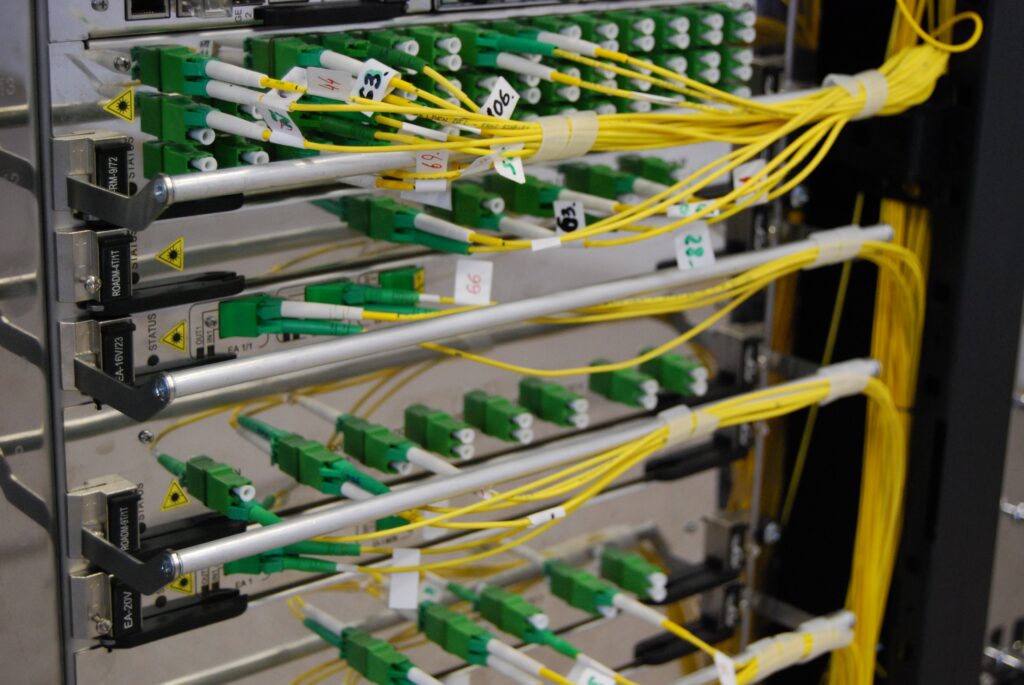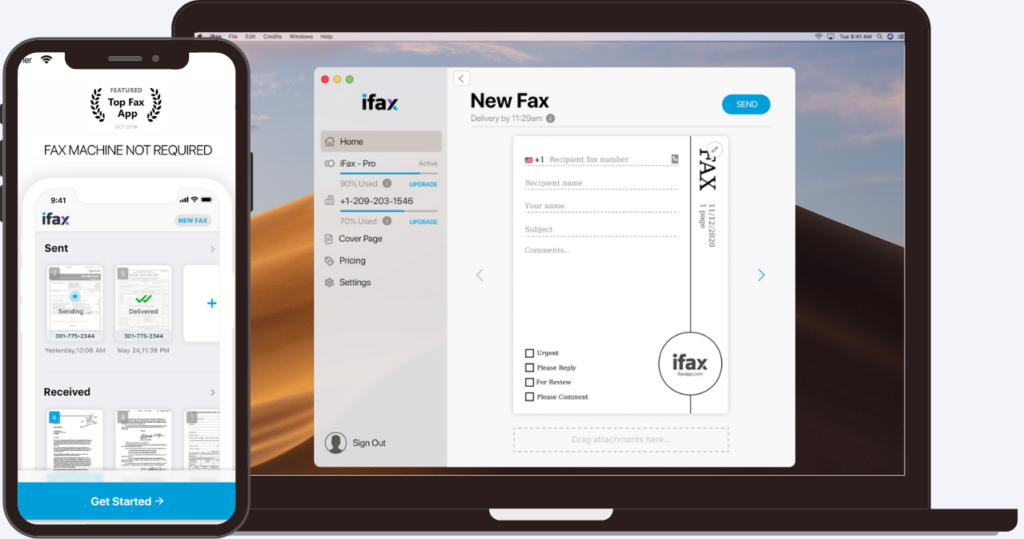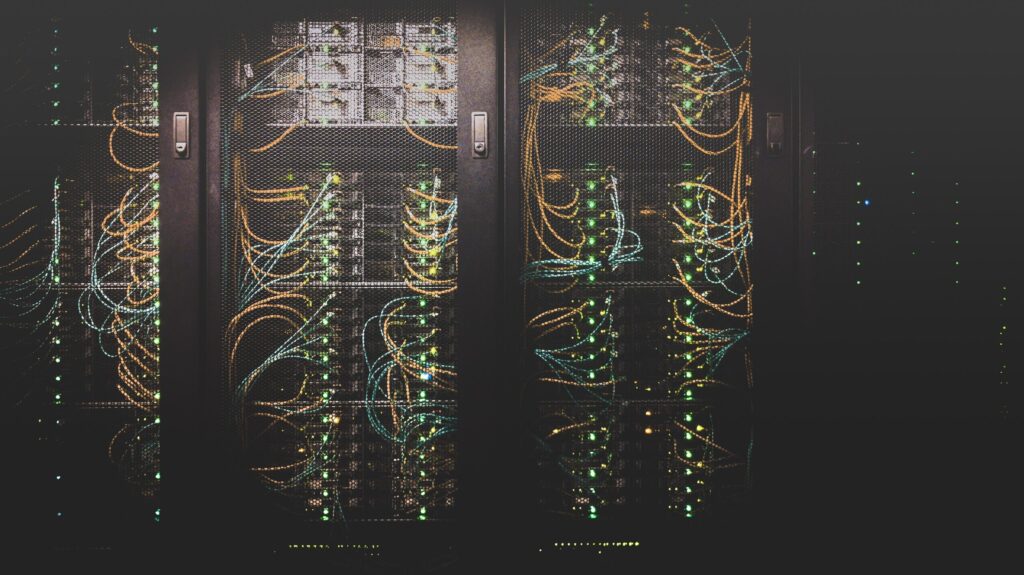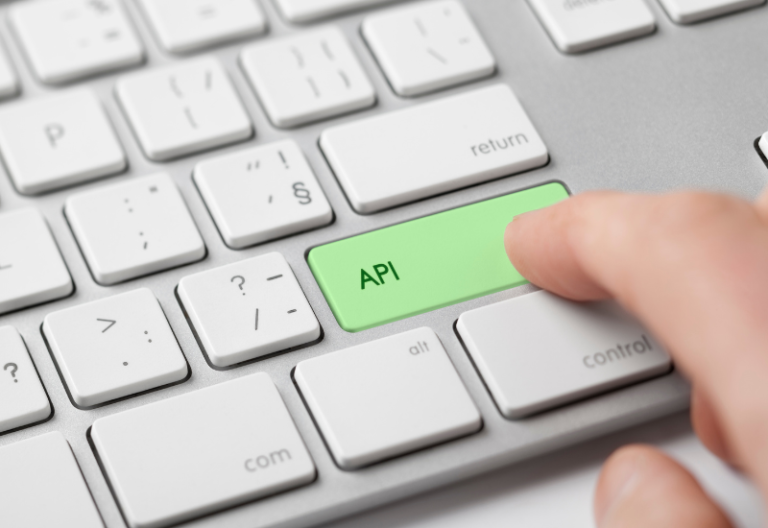Nowadays, computer systems have become more interconnected. The technology behind data exchange networks has evolved to a point where system interconnection is already the norm. Networks today are more capable of processing high-volume data at ultra-reliable speeds.
These modern advancements may signal the world’s transition to a new digital era, but what does it truly mean to have data readily available in a data exchange network? This article aims to identify the key benefits, risks, and challenges of data exchange across networks.
One key element in these networks is the access control policy. With information flying around digital spaces, access control policies are crucial to ensure the right data ends up in the right hands, protecting against unauthorized access and maintaining the integrity and privacy of data.
How will interoperability and data exchange networks affect those in the business and healthcare sectors?
Table of Contents

What Is Data Exchange in Networking?
Data exchange refers to the process of sharing or exchanging data between two or more computer systems. For this to happen, a connection must be established among networked systems and should be based on a predefined mechanism.
The connection status among data exchange networks also depends on various factors such as network capacity, data size, format compatibility, traffic volumes, etc.
What Are the Ways of Exchanging Data?
File transfers
While file transfers offer a straightforward and convenient way to exchange data, it is not always the most viable solution.
File transfers, particularly FTPs, have limitations that could hinder seamless data exchange, especially in cloud-based data transmission.
APIs
Meanwhile, API (Application Programming Interface) offers a modern approach that allows two or more disparate applications to communicate or talk to each other. Once a connection is established, the API will act as an intermediary for data exchange.
There is no need to import or export information manually. API also offers a two-way connection making data readily accessible to each application.
Data conversion software
Data conversion software converts files into a format that’s readable by other systems. This allows businesses to work with partners and third-party contractors who use different systems without investing in new software or making changes to their systems or platforms.
Say a digital marketer needs to share subscriber data from an email marketing platform with the sales team. The sales team does not need to log in to that platform. Instead, the digital marketer can export customer data as a CSV file, a format that is compatible with most systems.
Why Is Data Exchange Important?
Businesses and organizations of all types are generating more data than ever before. They need to exchange that data, internally and with each other, to function effectively and make informed decisions.
The healthcare industry is a prime example. In recent years, there has been a push for greater interoperability between different healthcare systems. This will make it easy to share patient data between doctors, hospitals, and other care providers. Interoperability is the ability of a product or system to interact with other systems.
It is essential for providing the best possible care for patients. This ensures that the relevant information about a patient’s condition and medical history is readily available. Data exchange through electronic medical record (EMR) systems is also crucial for research purposes. It allows physicians to access a wealth of information for new treatments.

What Are the Benefits of Data Exchange Networks?
Improved efficiency
Data exchange reduces the need for manual entry into the system. This ensures that up-to-date information is always available in the company.
Suppose a company’s sales team uses a customer relationship management (CRM) system to track customer information, while the accounting team uses a separate accounting system. In that case, the company can sync these two systems for a smoother workflow.
Reduced costs
Data exchange can help reduce the costs associated with document storage and processing. By sharing data electronically, companies can avoid printing and storing physical files. For example, if a hospital has a patient’s EMR, they can send that data to another hospital electronically instead of mailing a paper copy.
This can save the hospital money on paper and printing costs, as well as the cost of courier services. Additionally, data exchange can help prevent duplicate testing and imaging by allowing hospitals to share patient information electronically.
Increased accuracy
By automating data exchange, businesses can reduce errors and ensure that correct information is always available. For example, a company might collect data about customer purchase habits from its sales team. However, this data might be inaccurate if the sales team cannot access recent information.
The company can get a more accurate picture of its customers by exchanging data with other departments, such as customer service or marketing. This can lead to better decision-making and more efficient use of resources. For instance, the marketing team provides targeted messages on ads according to each demographic.

What Are the Risks of Exchanging Data Across Networks?
Data breach
This is the biggest risk in data exchange because it can lead to the loss of sensitive information. If a company stores its customers’ credit card information, a hacker who gains access to that data can use it to make fraudulent purchases.
In addition to financial loss, a data breach can damage a company’s reputation and lead to lawsuits. To mitigate the risk of a data breach, companies should encrypt their data and require strong passwords. They should also regularly review their security protocols and update them as necessary.
Data loss
Data loss can happen in several ways, from physical damage and software bugs to accidental deletion. Regardless of the cause, the result is the same: valuable data is irretrievable, especially if the company has no third-party backups. This can have far-reaching consequences.
For example, a hospital that has lost patient records would be unable to provide adequate care. A retailer that has lost customer data would be unable to process orders or track inventory.
Complex integrations
This can happen when different systems have incompatible data formats or use different standards for representing data. In addition, integrations can be complex because there’s a need to support multiple versions of a system or interface. One way to solve this problem is to use APIs.
APIs allow different systems to communicate. They act as a bridge between two systems, allowing them to exchange data. You can use an API to integrate your EHR system with your accounting system. This would allow you to automatically update your accounting system whenever you onboard a new patient.

The Role of APIs in Data Exchange
APIs are extremely useful in building scalable data exchange networks. With APIs, it’s easier to scale a system or application, leaving more room for growth, improvement, and innovation.
Given the growing demand for comprehensive solutions, consider using API integration to supercharge existing applications — not just for data exchange but also for other functions.
Here are other ways you can use API for data exchange:
- Automate many of the tasks involved in data exchange, including establishing a connection between two systems, validating data format, and translating data into a format that the receiving system can read.
- Easy file transfer such as file transfer protocols (FTP) allows different types of applications to connect with each other. For example, an online fax service that uses an API could connect with any email system, regardless of the underlying technology.
- Integrate new features and functionality into an existing system. For example, if a company decides to add support for electronic signatures to its online faxing service, it can do so by simply integrating with a suitable API.
Let’s say you’re using an EMR system, and you want to include faxing capability. Choose an online fax service that has an API that would let it connect seamlessly with your existing system. This is one of the best ways to simplify the hospital workflow, especially when handling hundreds of patient records each day.
Simplify the Hospital Workflow With iFax
In an era where data is more valuable than ever, establishing secure data exchange across networks is no longer an option. It’s a necessity, especially in the healthcare industry.
Data exchange is the foundation of seamless integration across different systems. It affects how healthcare facilities manage and share patient data. For example, healthcare providers can fax PHI using an online fax service.
iFax is a revolutionary cloud-based faxing solution that allows easy integration with existing software or applications. Our fax service uses 256-bit encryption to safeguard all your fax transmissions. Experience modern faxing at its finest. Start using iFax today.







